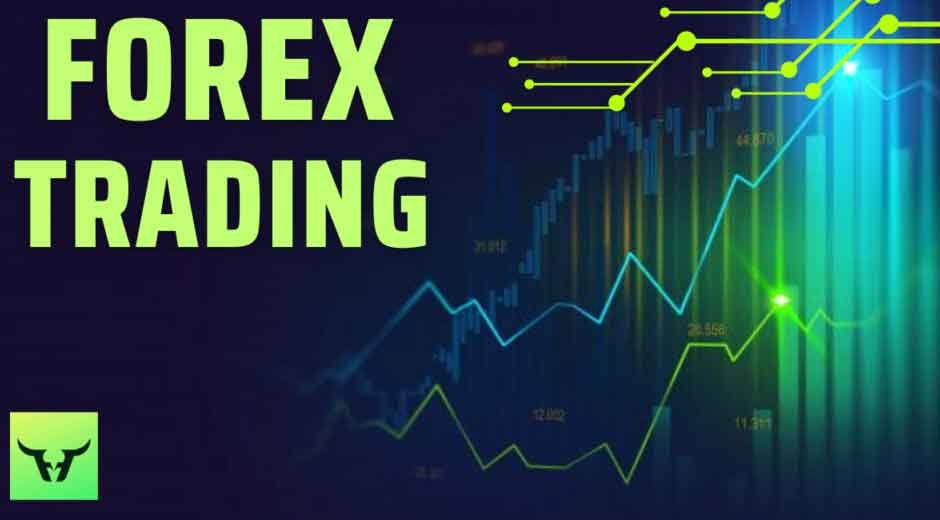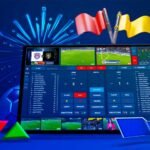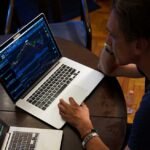Currency moves every second, and traders all over the globe are constantly watching the numbers shift. But behind the fast pace lies a system that’s surprisingly structured. For beginners, understanding the basics is the first step toward making informed decisions. Let’s explore what forex trading is really all about and how to approach it with clarity.
1. Understanding Forex Trading
For those who are wondering, what is forex trading can be described simply as the process of buying and selling currencies with the goal of making a profit. The world’s biggest and most liquid financial market is the foreign exchange market or FX. It operates 24 hours a day, five days a week, and involves banks, institutions, governments, and individuals. Traders speculate on whether a currency will go up or down in relation to another.
Trading occurs in currency pairs, such as EUR/USD or AUD/JPY. Each pair represents the value of one currency against another. The first is the base currency, and the second is the quote currency. Price movements in forex can be small, which is why most traders use leverage to increase potential gains. But with increased opportunity comes increased risk. That’s why learning the fundamentals is so important before diving in.
2. How the Forex Market Works
Unlike stock exchanges, the forex market isn’t centered around a single physical location. It runs electronically through a network of banks, brokers, and institutions. This decentralized setup means the market operates around the clock, starting in Sydney and rolling through Tokyo, London, and New York. Time zones matter, and some sessions see higher activity depending on the currencies being traded.
Liquidity is one of the market’s key features. Because of its size, traders can often enter and exit positions quickly, with minimal price changes between the buy and sell points. However, high liquidity doesn’t always mean less risk. Sudden news events, interest rate changes, or political shifts can cause sharp price swings. Understanding market structure helps traders make smarter decisions based on timing and volatility.
3. Essential Tools for Trading
Traders rely on a mix of tools to study market trends, understand price action, and plan when to enter or exit trades. One of the most commonly used resources is an economic calendar, which highlights key announcements and scheduled events that can impact currency values. Price charts are another essential tool, allowing traders to see both historical and real-time movements to spot patterns and signals. Technical indicators such as moving averages, RSI, and MACD are used to support predictions about where prices might go next.
Trading platforms also play a major role by offering live data, fast execution, and a user-friendly interface. Many traders make use of risk calculators to help determine appropriate trade sizes and manage their exposure to loss. With so many moving parts in the market, these tools help maintain structure and clarity. They also make it easier to apply trading strategies consistently over time. Using the right combination of tools not only improves decision-making but also builds confidence with every trade.
4. Risk Management and Strategy
The forex market offers big opportunities—but also carries real risk. Managing that risk is just as important as spotting a good trade setup. Position sizing, stop-loss orders, and clear trading rules help protect against large losses. Even experienced traders know that not every trade will be a win.
Strategies vary, but most include defined entry points, risk-reward ratios, and exit plans. Day trading, swing trading, and scalping are all popular methods, each with their pros and cons. Choosing a strategy that suits personal preferences and lifestyle can make a big difference in results.
5. Choosing a Reliable Trading Platform
Getting started with forex means picking the right broker. A reliable trading company offers secure platforms, tight spreads, and access to real-time data.
Look for providers that:
- Are regulated by trusted financial authorities
- Offer demo accounts to practice without risk
- Provide educational resources for all skill levels
- Have transparent fee structures
- Use reliable and fast execution systems
The broker plays a key role in trade execution and account management. Choosing the right one can make the experience smoother and more secure.
6. Importance of Learning and Practice
Like any skill, trading takes time to master. Jumping in too fast without proper preparation can lead to quick losses. That’s why education is crucial—whether through courses, reading, or online resources. Practicing with demo accounts helps build confidence and refine strategies.
Ongoing learning is part of every successful trader’s journey. Markets evolve, and new situations arise constantly. Staying updated keeps decision-making sharp. Building experience one trade at a time creates the foundation for long-term results. Trading is a journey—not a quick win.
Forex trading offers the chance to learn a new skill, earn income, and take part in the global financial market. For those wondering what is forex trading, it’s a system of currency exchange that runs 24/5, fuelled by strategy, discipline, and awareness. With the right tools, education, and guidance, beginners can gradually build their way toward smarter, more confident trades. It all starts with a solid foundation—and a willingness to learn.






Leave a Reply